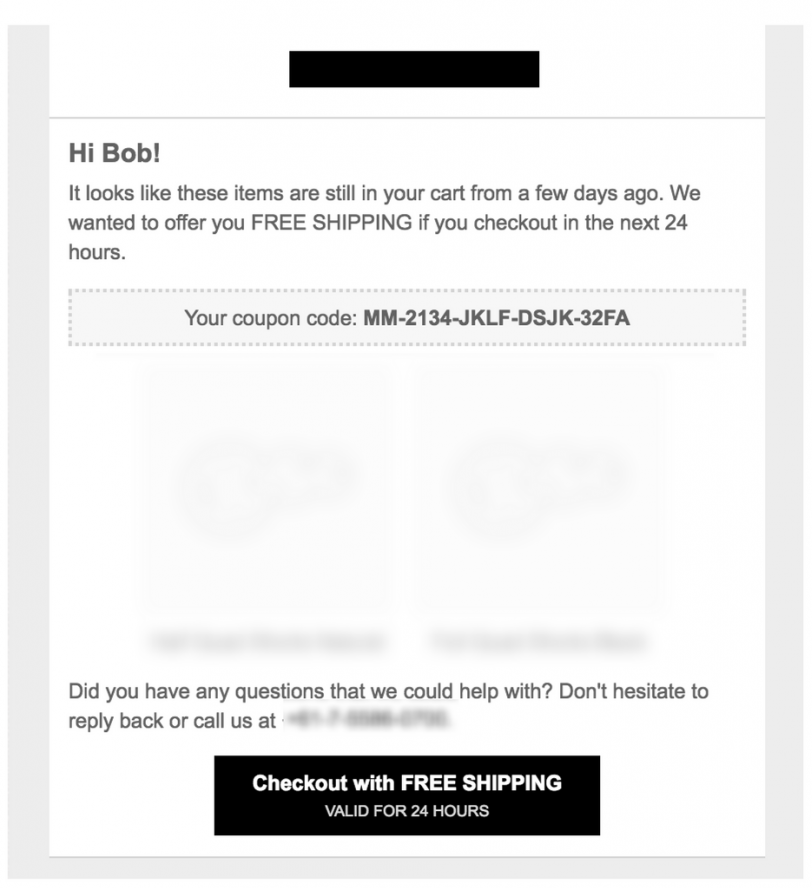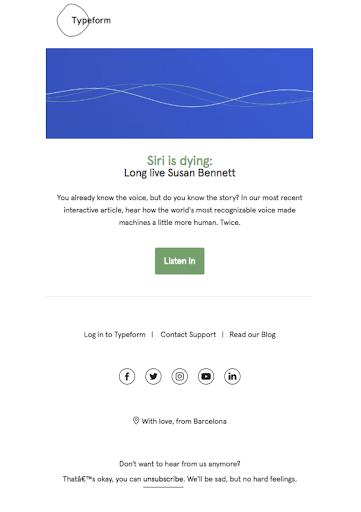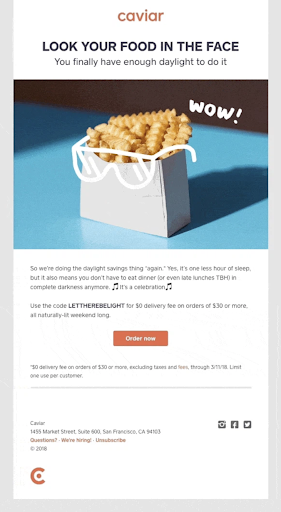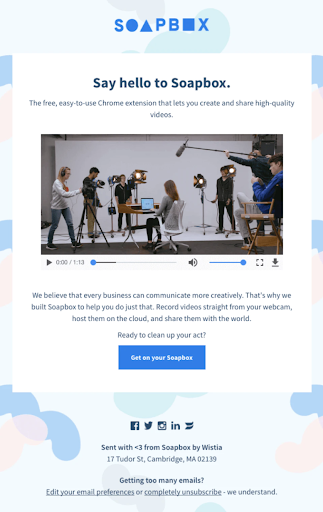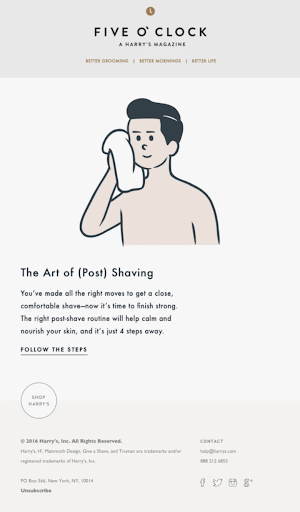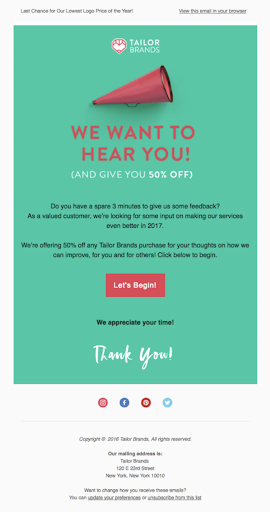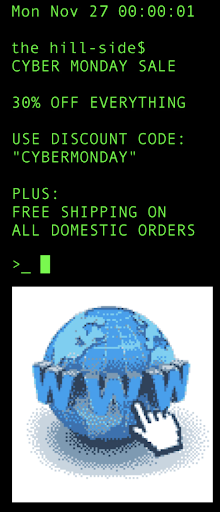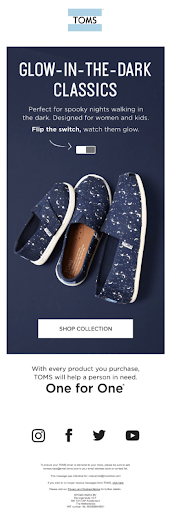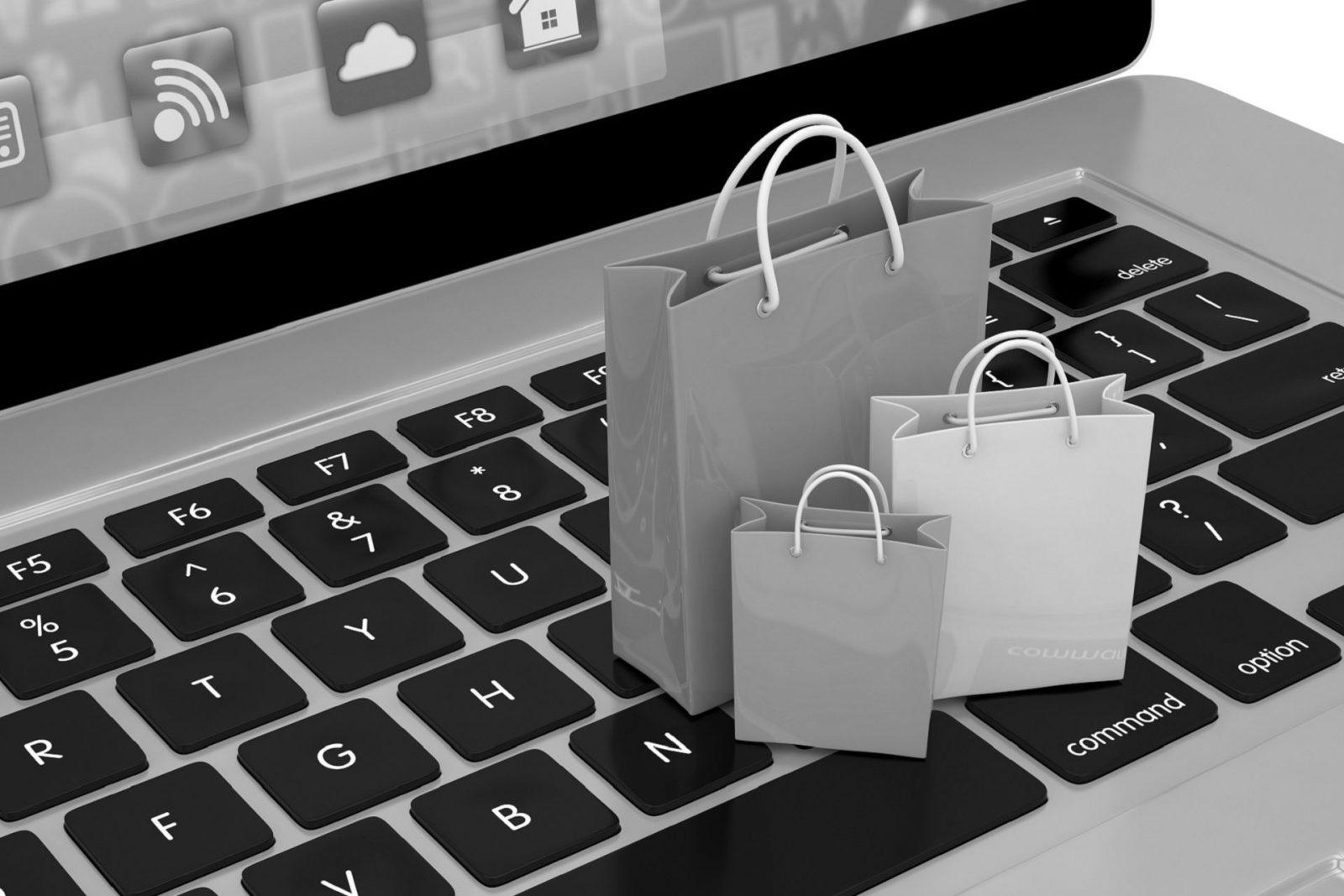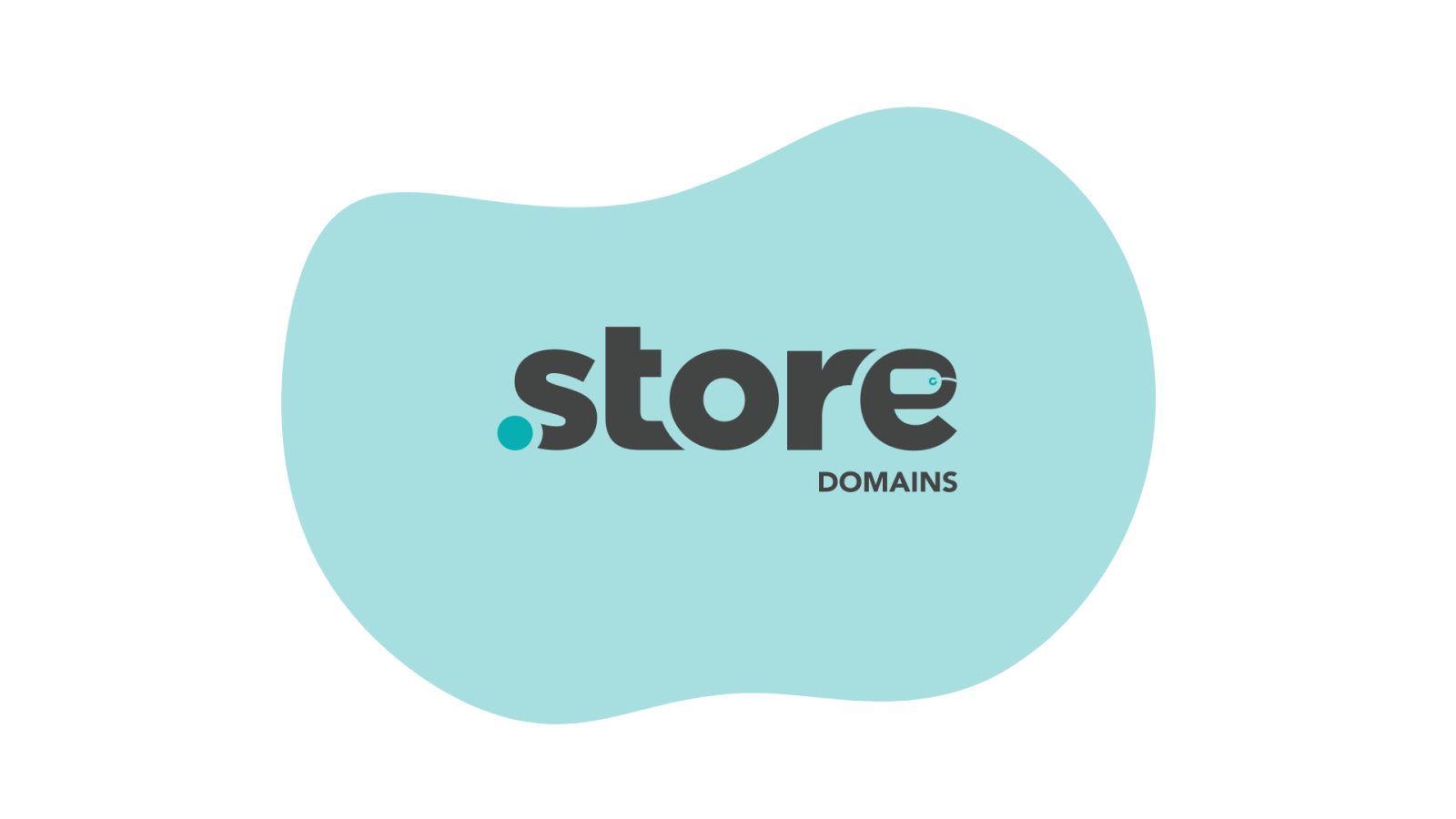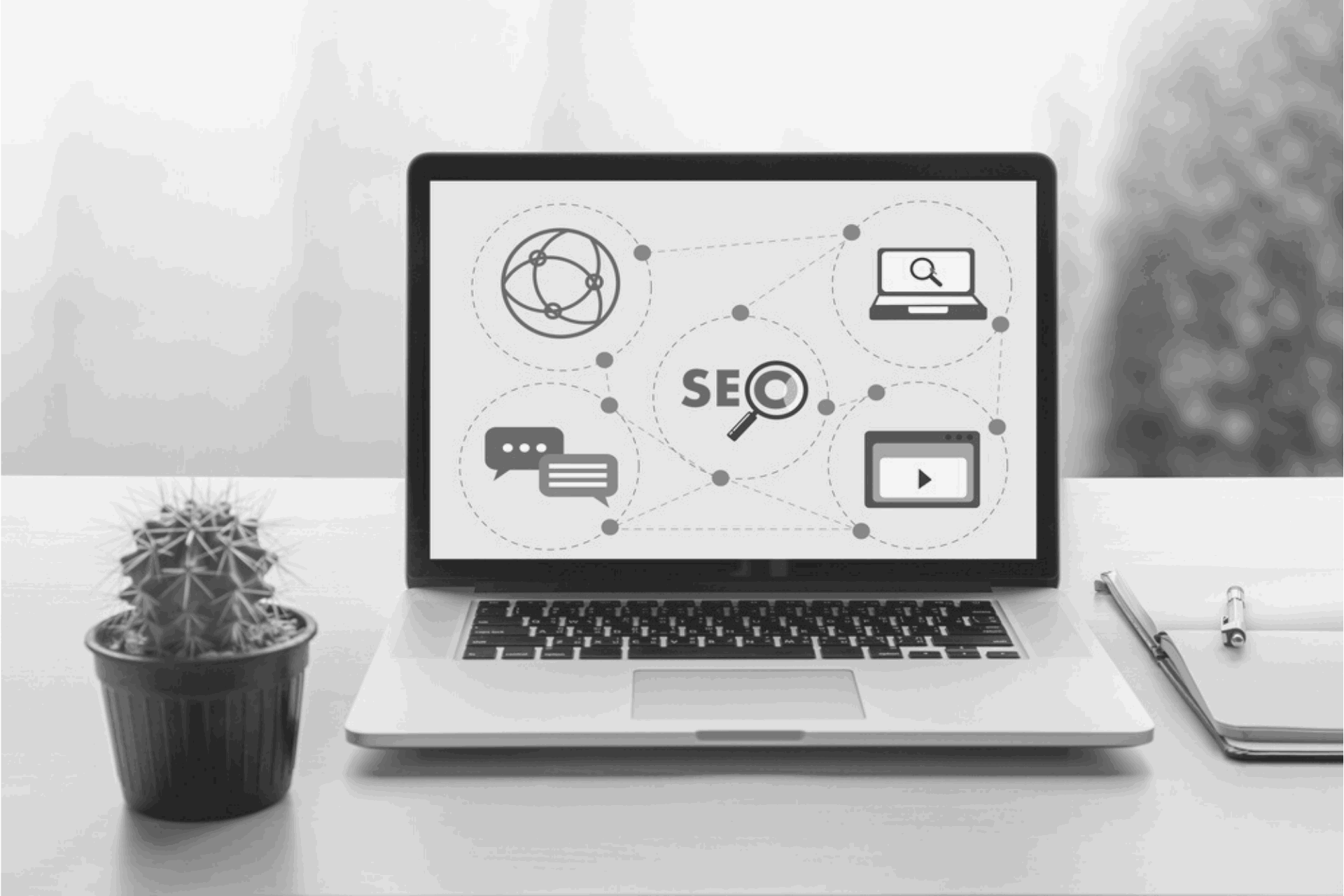When it comes to email marketing and newsletter retargeting, Erik Harbison, Co-Founder at The Marketing Help, is of the opinion that “If social media is a cocktail party, then email marketing is the ‘meet up for coffee’. The original one to one channel”.
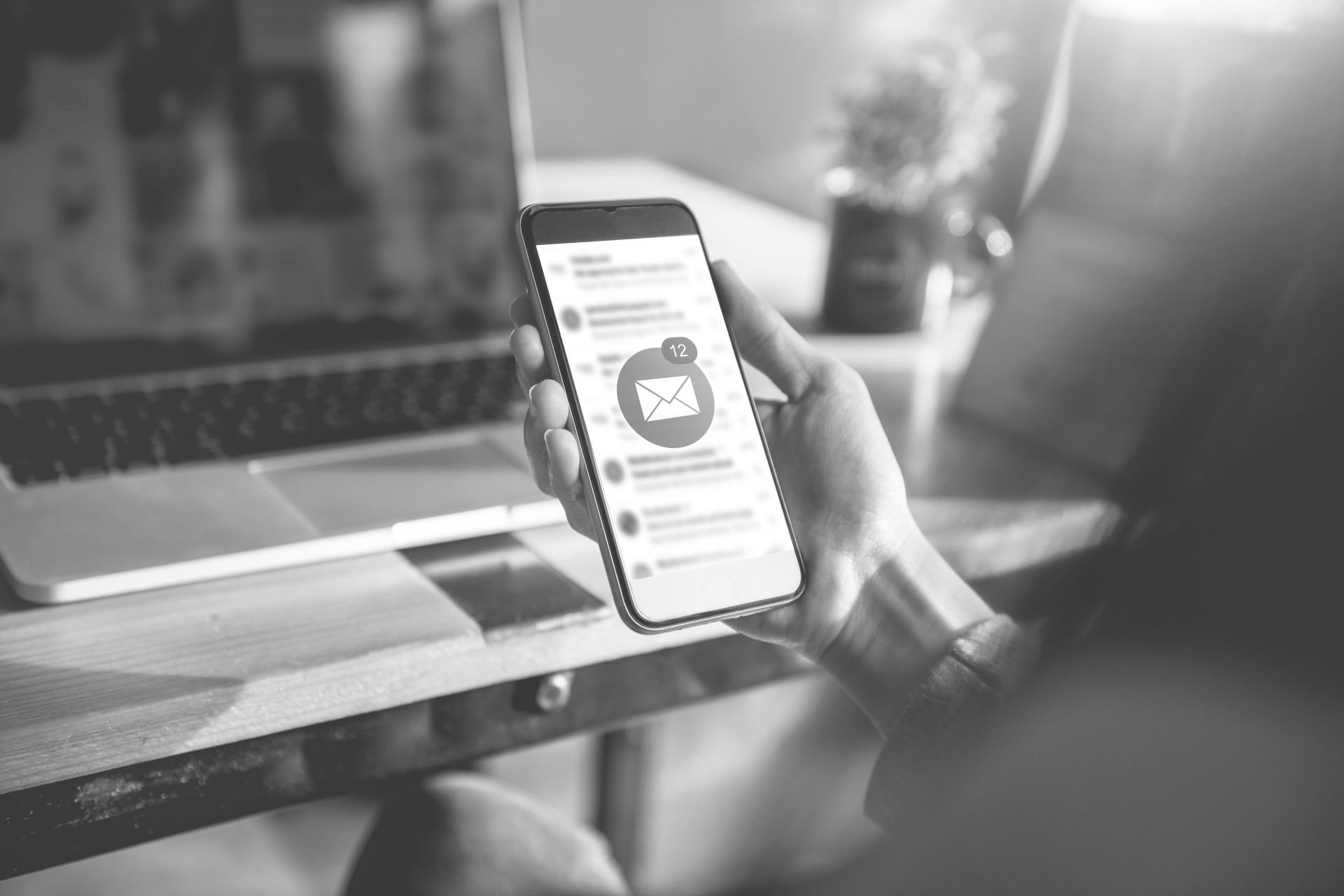
It’s safe to say that email marketing is second-to-none in the world of eCommerce marketing.
This makes newsletter retargeting the key component of an effective email marketing strategy.
What is Newsletter Retargeting?
Newsletter retargeting, also known as email remarketing is all about attracting customers or visitors back to your website.
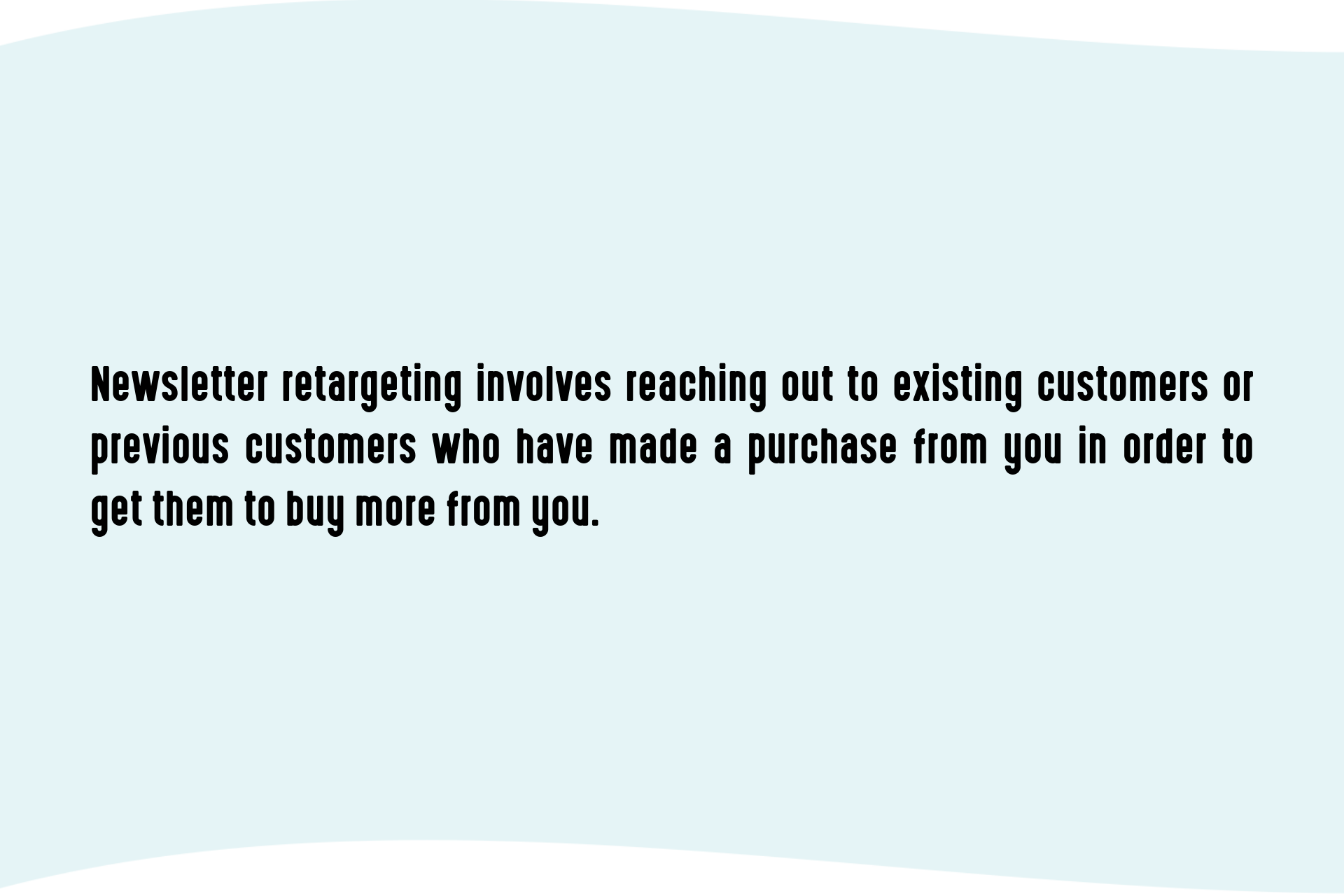
Even statistics prove that the probability of selling to an existing customer is as high as 60 to 70 percent as compared to selling to a new customer (which is as low as 5 to 20 percent).
Repeat customers know you and trust you. They tend to spend 33 percent more than new customers.
Even in terms of costs, it costs five percent more every time you acquire a new customer as compared to retaining an existing customer.
How Is Newsletter Retargeting Different From Email Marketing?
Email ‘remarketing’ or newsletter retargeting; however, should not be confused with email ‘marketing’.
Email marketing is simply sending direct emails to all existing customers (active or inactive). Simply put, email marketing involves sending out a general newsletter in the most basic sense.
Newsletter retargeting, on the other hand, is so much more. Newsletter retargeting is sending out a personalized email to customers who you have been previously acquainted with.
So you are now making use of the information already obtained to target and send something specific and relevant to a particular individual customer.
Simple as it may sound, newsletter retargeting can be used for a varied group of customers in multiple scenarios.
You may retarget a visitor who has not made an actual purchase on your website or you may concentrate on retargeting an existing customer who hasn’t visited your website for long.
Types Of Newsletter Retargeting
1. Product Retargeting
As the name suggests, product retargeting concentrates on driving a potential customer to buy a particular product.
Now, the purpose behind product newsletter retargeting can be for a variety of reasons:
- To inform the customer about an ongoing sale
- To announce the arrival of a new product
- To announce the arrival of new products similar to the purchase history of the customer
Tools like Remarkety prove to be a real lifesaver in this pursuit. Remarkety helps you combine the data and shopping behavior of the customer with predictive algorithms.
This dual analysis ensures effective marketing, improves engagement with customers, boosts conversion rates all the same.
Remarkety even automates and sends personalized emails to your customers ensuring higher open, click and purchase rate.
2. Abandoned Cart Recovery
Have you ever seen a product, liked it, added it to the cart, and then ‘left it there’. We all have been there and probably done it more times than we would care to admit.
Now in all fairness, cart abandonment is due to an assortment of reasons. Users might just be window shopping, comparing prices, saving items for later or just exploring gift options.
Based on the research conducted by Baymard Institute, cart abandonment is attributable to many more reasons.
So let’s step back and think about the emails you might have received from companies offering to cover shipping charges or offering an extra discount of 10 percent or maybe extending a future discount.
Remember those emails? The following is a classic example of abandonment newsletter retargeting.
3. Inactive Visitor Retargeting
32 percent of executives feel that retaining existing customers is a priority. And why not, a mere two percent increase in customer retention helps lower costs by as much as ten percent.
Thus, encouraging one time customers to buy more and often can be more rewarding than it actually seems.
Inactive customers, if not acted upon, will soon equate to lost customers. And that is not a favorable scenario.
Newsletter retargeting helps re-engage these shoppers by sending a welcome back email. Offering discounts and other incentives may encourage them to click through and explore new items since they left.
4. Upsell retargeting
Your most recent customer is your most coveted asset. They should be at the top of your list since you have fresh insights about their preferences, and what products could compliment their recent purchase.
Upsell retargeting can help you cash in on these customers by sending out an email to recent buyers with a list of top-selling products.
You can also consider offering a loyalty discount to strengthen your bond, thus making it difficult for customers to resist coming back.
Hardly takes any effort, right? Guess a win-win for all then!
The Best Newsletter Retargeting Practices
Just like any marketing campaign, newsletter retargeting should also be the best possible combination of time and effort, not to forget the cost involved in the process.
Make use of your judgment and retarget only to those customers who will probably make a purchase.
Remember, every email you send out, costs you! There is no point in sending out chains of emails to addresses that have gone cold. You will just be hitting a dead end and piling up costs.
So, here are a few tips that will help you make the best of those newsletter retargeting campaigns:
1. Always Collect Data
Never miss an opportunity to collect visitor email addresses. You can create pop-ups with discounts on first-time purchases or when visitors are leaving your website.
This will act as an incentive for visitors to share their email addresses.
Remember you can’t indulge in newsletter retargeting mail without having your customers’ email address.
Make it a point to ask for their email address as one of the primary pieces of information.
2. Act Quickly On Abandoned Carts
Treat abandoned carts as an ‘emergency situation’ under all circumstances. Newsletter retargeting efforts with abandoned cart customers should occur within a 30-day window.
In fact, the faster, the better! If you manage to reach these customers within an hour or even a day of the cart being abandoned, you stand better chances of sale conversion.
3. Include Precise CTAs In Your Email
“Mystification is simple; clarity is the hardest thing of all”. Your newsletter targeting email should stand by this saying under all costs and provide a clear call-to-action (CTA).
The purpose of the email is to drive the customer to make that purchase, so make your intentions extremely clear in the retarget email.
Don’t camouflage your true purpose among the latest news, other offers or other irrelevant things.
4. Send Image-Based Emails
A “to the point CTA” does not always suffice. The key to a successful newsletter retargeting also lies in an image-based email.
Images tend to attract and hold the attention of the customers much more as compared to long and lengthy text-based emails.
Text-based emails give you the flexibility to keep your CTA short and crisp. The image actually does all the talking and gets the point across.
5. Do Not Spam
No one likes to be spammed with tons of email every day. Newsletter retargeting can work to your disadvantage if you do not keep this in mind as a rule of thumb.
Be sure to make the best use of the email without making it spammy.
6. Stop Retargeting On Conversion
For customers, continuously seeing advertisements and emails in relation to the product that they have already bought can be overwhelming and sometimes a tad bit frustrating too.
Exclude converted users from newsletter retargeting emails. Instead, move them into the newsletter retargeting cross-selling or upselling.
10 Brilliant eCommerce Newsletters Examples To Explore
Great eCommerce newsletters examples are captivating, interesting, and functional. While sometimes it means breathtaking pictures and bright colors, other times it means simplicity and minimalism to pull the attention to what’s most important.
The best brands are always on the lookout for interesting content ideas for eCommerce newsletters that go beyond predictable sale announcements and monotonous confirmation emails. They create these newsletters keeping their subscribers in mind.
Their main goal is to offer real solutions to the problems and pain points of their subscribers while engaging and entertaining them.
Here are 10 of the best eCommerce newsletters for inspiration. They will help you in crafting the best possible newsletter to send to your subscribers.
1. Typeform
Typeform is an online form and survey tool which very well knows how to get their subscriber’s attention. Who could resist clicking with a subject line like “Siri is dying”?
They keep their email rather simple with just one CTA, which asks the subscriber to visit their latest interactive article. The article is about Susan Bennett, who became the voice of Apple’s Siri unknowingly.
With a tech-inspired blue soundwave GIF as the header image, the email has a pretty minimalist template. A short headline, a subheading, 2-sentences, and a green “Listen In” CTA button are all it needs.
Subject: Siri is dying
2. Caviar
This amazing newsletter by Caviar focuses on springtime US Daylight Savings, where people get an extra hour of daylight.
Even though food delivery has no relation to this phenomenon, Caviar cleverly makes itself relevant by offering a $0 delivery fee.
With the offer, they tell their users to celebrate the fact that dinner time no longer needs to be spent in darkness with a funny GIF of fries wearing sunglasses.
It’s a fun and quirky newsletter that reminds people of the brand and even gets them to order food with a bright CTA button – “Order now”.
Subject: No eating dinner in total darkness anymore!
3. Wistia
Wistia’s Chrome extension, Soapbox can be used to record and share videos.
Wistia uses Soapbox itself to embed a video into the email and using the tool’s functionality to promote it is a really smart idea.
It’s an explainer video that informs the user about the basics of the extension within 100 seconds. The rest of the email is nice, clean, and minimalistic that gets right to the point.
Subject: Introducing Soapbox, Wistia’s video creation tool
4. Grammarly
Grammarly nails its email marketing strategy by sending a weekly update of activity summary to its users.
The update shares the user’s accuracy, quality of vocabulary, grammatical mistakes, etc. along with a writing tip of the week.
Even though it looks like a classic newsletter example, it provides value to its users with a lot of information.
The copy is rather short but with great colors to create visual separation and easy skimmability.
Subject: Grammarly Weekly Progress Report & Tips
5. Soylent
If you want to send an eCommerce newsletter that builds hype for an upcoming announcement, make sure that it really does the job, just like this one by Soylent.
If not done well, it could only dilute your campaign, and make it look spammy.
Soylent is a meal replacement product company and to promote a new mystery product, they send a clean and simple teaser for it.
The tone is casual, self-aware, and relatable, and catches the reader’s attention very well even making them giggle a bit.
Subject: Something new is launching tomorrow
6. Lyft
Usually, Lyft used to review their customer’s interaction with them and share it on email for New Years’.
However, in this email newsletter, they had shared information about all the Lyft users in the recipient’s hometown, and made it like an award ceremony, called the Lyfties.
They showed the city’s top trending destination, the most visited bar, event venue, university, restaurant, etc. The newsletter was quite appealing to their demographic of young, especially in their twenties.
The content in this email was the kind of thing that you would like to share on your social media feed for fun.
Lyft took advantage of that and added Twitter and Facebook sharing buttons, for readers to share it and spread the word.
Subject: Your 2017 with Lyft
7. Harry’s
You need not always push your products in your newsletters.
In this example, Harry’s, which is a men’s shaving and grooming products company, sends an instructional and educational email that’s quite relevant to its business line.
Instead of trying to sell outrightly, they provide value by educating their customers on how to take care of their skin better and get more from their shaving experience.
A clean and simple newsletter format with a white space does it all.
They smartly use the company’s signature brand font in the newsletter.
On one hand, it’s easy to read and digest, and on the other, it helps in reinforcing the Harry’s brand.
Subject: Are you doing this AFTER you shave?
8. Tailor Brands
Tailor Brands, which is an online branding and marketing solutions company uses a classic incentive strategy with their eCommerce newsletter to get their subscribers to fill out a survey.
The newsletter uses great color contrast to catch your attention.
The green background is the simply perfect shade to let the red and white headline and subheadline outshine.
The best part is that their logo and brand name are at the top and they have the same red and white colors, which portrays an amazing example of branding.
They use the hint of a popular saying for the subject line, adding to the curiosity of the readers.
Subject: Penny (or more) for your thoughts?
9. The Hill-Side
In this eCommerce newsletter, men’s clothing brand, The Hill-Side takes an out-of-the-box approach to get the most out of the most popular eCommerce day of the year: Cyber Monday.
Since the inboxes of people are flooded with emails on this day, The Hill-Side cleverly tries to stand out.
They use a tech theme that’s quite reminiscent of a late-90s hacker or your inner late-90s computer nerd.
This creative evil subtly banks on the “cyber” concept and at the same time catches you off-guard probably making you smile.
Subject: Cyber Monday Sale: 30% Off Everything
10. Toms
The shoe company, Toms makes their eCommerce newsletter relevant to Halloween with this creative image format.
Whenever you hover your mouse over the slider, their glow-in-the-dark shoes show up glowing in action.
With interactive newsletters like this, you can set your brand apart and even show off your product.
Subject: These Classics glow in the dark! 🎃
Final Thoughts
In the words of David Newman, “Email has an ability many channels don’t: creating valuable, personal touches – at scale”.
Newsletter retargeting helps to revive inactive and lost customers. This, in turn, ensures recurring business.
Newsletter retargeting, done effectively, can make the biggest financial impact by minimizing costs and maximizing profits.
So start using the digital tools at your disposal and try and win back those inactive and lost customers, one at a time.

